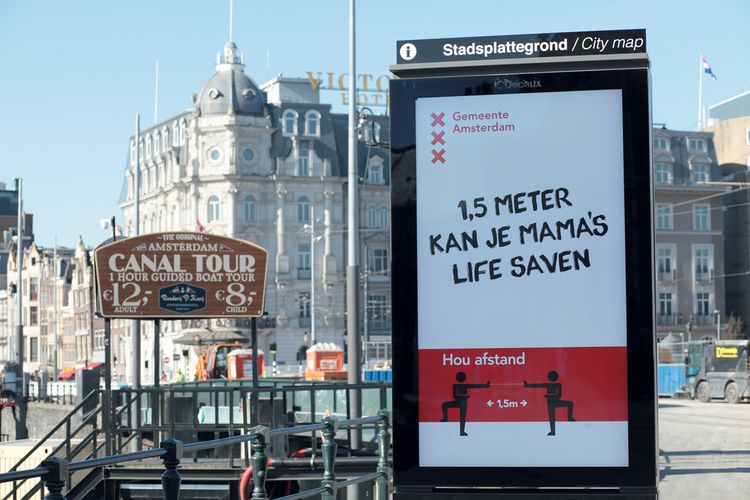Lockdowns Battered The Eurozone Economy in Q2

But many job losses will wind up being permanent despite the stimulus.
Major companies such as Lufthansa, Daimler, and Airbus have said they will cut thousands of jobs.
Read also: Small Rise in EU Unemployment Rate Despite Easing Lockdown
Economists say the downturn was concentrated in the months of April and May when lockdowns were most severe.
Many restrictive measures have been eased, and business confidence in Germany, the biggest eurozone economy, has ticked up for three straight months.
But the outlook is for a long and uncertain climb back to pre-virus levels that could take until 2022 or longer.

Company forecasts for the rest of the year assumed that there is not a renewed outbreak of Covid-19, the illness caused by the coronavirus.
Cases have been rising again in several countries as people go on vacations and Britain slapped a 14-day quarantine on travelers returning from Spain.
Read also: UK Quarantine Imposed on Spain – Germany and France Could Be Next
Rosie Colthorpe, European Economist at Oxford Economics, said the current third quarter was likely to see high growth rates, “but not nearly large enough to make up for the damage.”
“Beyond this initial bounce, the recovery is set to be gradual and uneven,” with pre-virus output regained only by mid-2022, she said, adding that “recent flare-ups of the virus in several European countries risk derailing this recovery.”
The Spanish economic drop was by far the sharpest since the country’s national statistics agency began collecting data.
Prime Minister Pedro Sánchez was meeting later Friday with the leaders of Spain’s regions to discuss how to rebuild the economy and where to deploy billions of euros in European Union aid for recovery.
Germany, the largest of the countries that use the euro, went through a 10.1 percent decline, the biggest since records started in 1970.
In France, the startling plunge of 13.8 percent in April-June was the third consecutive quarter of contraction in France's worsening recession.


































